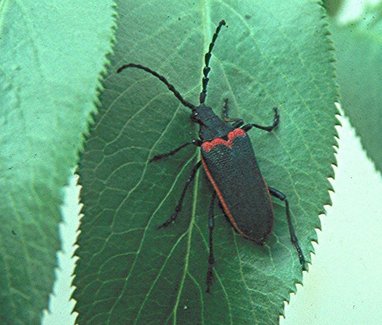The City of Sacramento is hosting a survey online to determine need for a multi-mode bridge across the American River.
The city says the survey is entirely unscientific and is only used to see who’s interested.
“Currently there are only two options that allow access across the American River for all modes of transportation year-round; Interstate 5 and State Route 160,” wrote Project Manager Fedolia Harris in a news release. “These limited connections create longer trips impacting air quality and discouraging walking and bicycling between the Central City and South Natomas.”
The survey will be online from Nov. 27 to Dec. 14. Results will be released some time after.
To participate in this survey, click here.
From Fox40.com >>>

